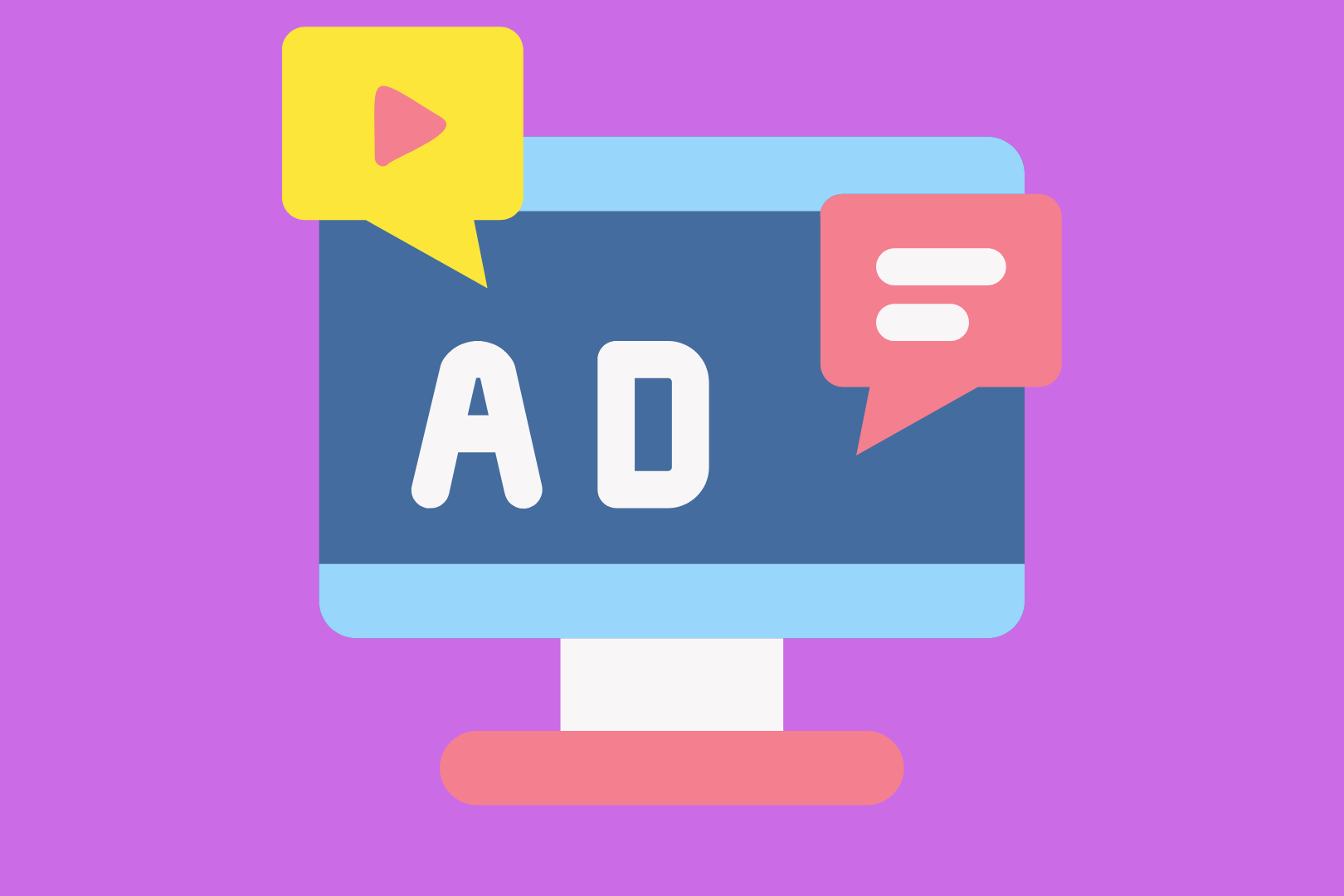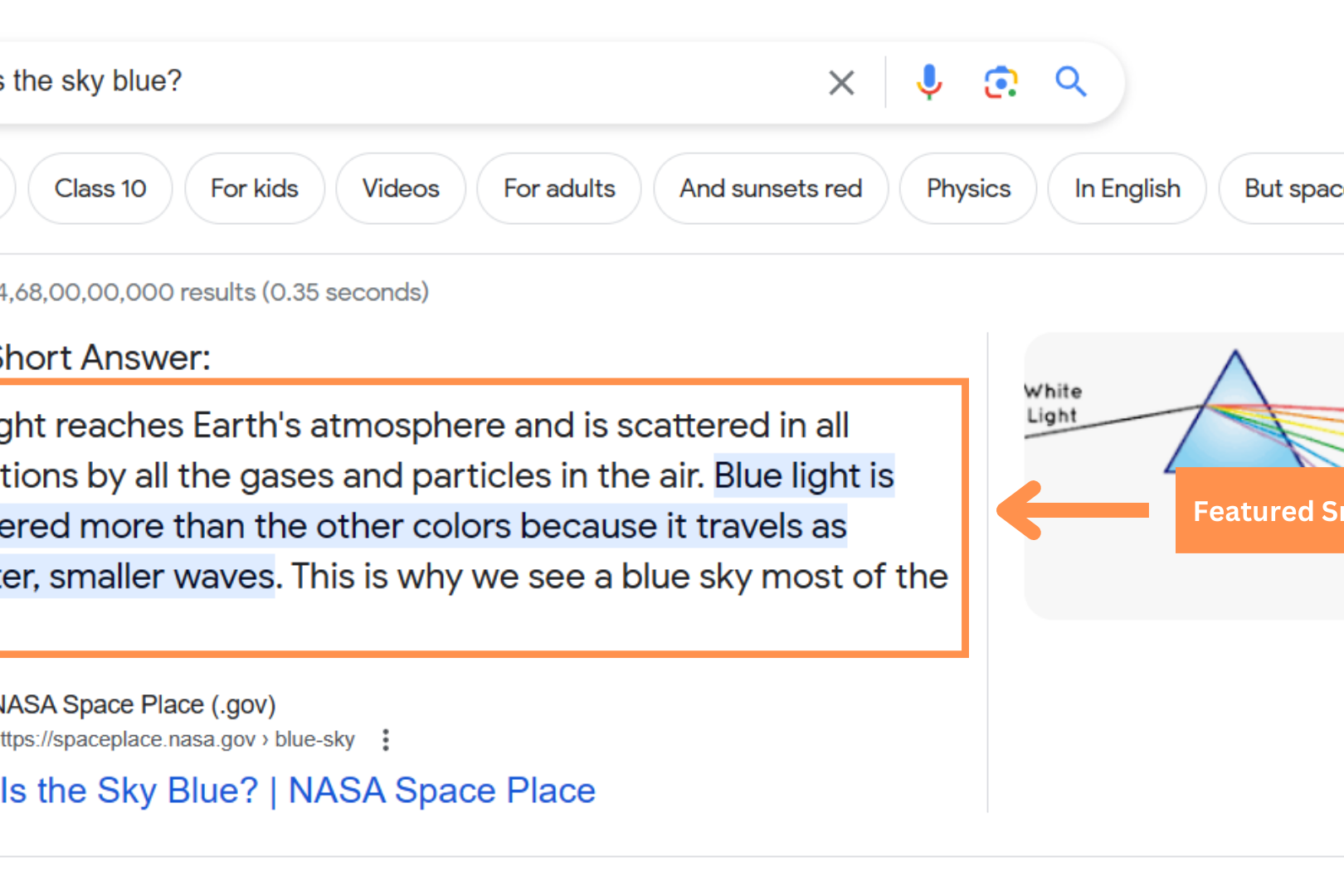If someone you know wants to buy a certain new pair of branded shoes or is talking about wanting them, chances are that they saw someone famous on Instagram wearing or endorsing them. Your brand or business could have a similar impact and reach with Influencer marketing. Influencer marketing is an effective way to increase your brand’s visibility on social media through branded content or collaboration with creators. Although there isn’t a universal approach, every business can reap its benefits with proper planning and research. Here’s how to make your social media influencer program a success.
To make influencer marketing successful, it’s crucial to have a clear strategy in place. Here are the steps to create one:
- Set clear objectives
- Identify your target audience
- Create a focused influencer list
- Conduct thorough research
- Personalize your outreach
- Work with influencers to create impactful content
- Monitor and analyze results
What is Influencer Marketing?
Influencer marketing involves partnering with individuals, known as influencers, who have a significant following on social media. Brands pay these influencers to promote their products or services to their followers.
Previously, celebrity endorsements were the primary form of influencer marketing. However, in today’s digital age, niche content creators with engaged followers on social media can provide more value to brands.
In short, a social media influencer is someone who has influence over their followers on social media and when a brand hires them to promote their products or services, it’s called influencer marketing.
According to research, 14% of individuals aged 18-24 and 11% of millennials purchased a product in the past six months based on a recommendation from a blogger or influencer.
Currently, Instagram is the most popular platform for social influencers with an estimated 76.6% of U.S. marketers utilizing it for their influencer campaigns in 2023, as per eMarketer’s predictions.
Types of social media influencers
Not all influencers are celebrities, despite the fame of certain social media marketing influencers. Brands may find more success with influencers who have a smaller but engaged and specialized following. Influencers with 15,000 followers can often have the highest engagement rates across platforms, and they can also be more cost-effective.
Instagram influencers can be categorized based on their audience size. There are various types of influencers, but the categories are typically divided according to audience size, without a definite audience size threshold. Following are the different types of social media influencers based on following alone:
Nano-influencer
They have a following of less than 10,000 followers. They are just starting out on social media and are often considered to be up-and-coming influencers. The low follower count might discourage brands from investing in such influencers. However, they come with the advantage of having a close-knit group of followers who find them more relatable than the bigger influencers and are thus more likely to purchase the products they endorse. Here’s an example of a nano-influencer.
Micro-influencer
They have a following of around 10,000 to 100,000 followers. They typically have a high level of engagement with their followers and can influence niche communities. Companies looking to grow their influence often prefer working with this category of influencers who are going through a phase of growth of their own in terms of gaining more followers. Their motivation to work harder than their more famous counterparts combined with their lower commission rate makes them more attractive to up-and-coming brands. Here’s an example of a Micro-influencer.
Macro-influencer
They have a following of 100,000 to 1 million followers. They are considered mass-market influencers and can reach a larger audience. Big brands heavily invest in Macro-influencers for their reach and higher rate of conversion. Here’s an example of a Macro-influencer.
Mega-influencer
Mega-influencers have a following of 1 million or more. They are highly sought after by brands due to their reach and engagement just like Macro-influencers except that their influence is a lot bigger which naturally comes with a higher cost. Mega Influencers are often Celebrities outside of social media and are well-known in traditional media as well. Here’s an example of a Mega-influencer.
What is the cost of social influencer marketing?
The cost of an influencer campaign depends on the reach of the influencer and their payment expectations. Smaller nano-influencers may be willing to accept free products in exchange for promotion, but larger campaigns require a budget. It’s important to consider both your goals and the influencer’s needs when determining payment, such as using an affiliate or commission structure instead of a flat fee.
In terms of figures, a Micro-influencer can charge between Rs. 2000 to Rs. 50,000 depending on the kind of post and their reach. A Macro-influencer would have a range between Rs. 20,000 to Rs. 2 Lakhs and a Mega-influencer could charge six figures or more depending on their following. However, it’s worth noting that these are rough estimates for the Indian Market and can vary for each influencer and different markets. Influencers are often also open to negotiations with their rates, especially at the Micro level.
Steps to Create an Influencer Marketing Strategy:
Set clear objectives
Reaching new target customers is the top priority for brands utilizing influencer marketing, as it allows for an extended reach to the influencer’s followers. The primary focus is increasing brand awareness and product consideration, with driving sales being the third most common objective.
It’s important to consider how the influencer marketing plan aligns with the overall social media marketing strategy and to establish measurable goals for tracking and reporting purposes.
Identify your target audience
Successful influencer marketing relies on speaking to the appropriate audience using the appropriate channels and influencers. To start, clearly define the target audience for the campaign. Creating audience personas can ensure a thorough understanding of who the campaign is trying to reach, whether it’s a current audience or a new one. Once the target audience is defined, develop influencer personas to match. This will aid in identifying the desired qualities in influencers.
Create a focused influencer list
When selecting influencers to work with, trust is crucial. The influencers must be trusted and respected by the target audience to have a meaningful impact on the campaign. To determine trustworthiness, look at the level of engagement on their posts, such as views, likes, comments, and shares, particularly from the desired audience segments. A high engagement rate indicates a loyal following and authentic content, as opposed to an artificially inflated follower count from bots or fake accounts. Additionally, ensure that the influencer’s content style and tone align with the brand’s presentation to potential customers to maintain a cohesive image across social media posts.
Conduct thorough research
Examine the influencer’s content to see how frequently they post sponsored material. An excessive amount of paid posts may negatively impact their engagement rate. Look for a balance of organic and non-paid content to keep followers engaged. When approaching an influencer, keep this in mind and be mindful of the number of posts requested, as a large number in a short time frame may be difficult for the influencer to accept. Popular influencers receive many offers, so it’s important to demonstrate prior research into the influencer’s work, channels, and audience when making an approach.
Personalize your outreach
To approach a potential partner, start by engaging with their content organically, such as by liking their posts and commenting appropriately. Show appreciation but avoid a sales pitch. When ready to suggest a partnership, reach out through a personalized direct message or email. Avoid sending mass messages or generic DMs. Writing a personal message to each person will demonstrate your seriousness and increase your chances of success. Provide as much information about your brand as possible and explain how the partnership will benefit both parties, beyond just payment. Note that content creators may prefer to be referred to as such, rather than as “influencers.”
Work with influencers to create impactful content
Partner with your content creator to produce impactful content. Influencers who have built a following value consistency in their personal brand and won’t accept deals that undermine that. As content creation experts, they perform best when given the opportunity to showcase their skills. Provide guidelines for what you’re seeking, but avoid micromanaging the entire campaign.
Monitor and analyze results
Evaluate your campaign’s results by focusing on return on investment, not just vanity metrics like likes and comments. Utilize UTM parameters to track the visitors an influencer sends to your website and measure engagement. Assign unique links with UTM codes to each influencer to gain a clear understanding of the results and calculate the impact on your finances. Another option is to give influencers a unique discount code to track sales. Use Facebook and Instagram’s branded content tools for insights on feed and Stories posts, or request detailed reports on reach and engagement from the influencer.
Hire Brace Media to create and manage your Influencer Marketing Strategy
We simplify the boring and complicated here at Brace Media with our Digital marketing experts who understand the specific needs and goals of your company. Get a tailor-made influencer marketing strategy that can send your sales through the roof! Contact us today!
Related Posts
August 9, 2023
What is PPC Marketing? Answered with Pros and Cons
What is Pay-Per-Click Marketing or advertising? We answer that and more with…
August 1, 2023
Featured Snippets on Google: How Do They Work and why should you care?
What are Featured Snippets and how can they improve your website's search…
July 19, 2023
Here’s Why Off-Page SEO Is Just as Important as SEO on Your Landing Page
Discover why off-page SEO is just as crucial as on-page optimization. Learn how…



